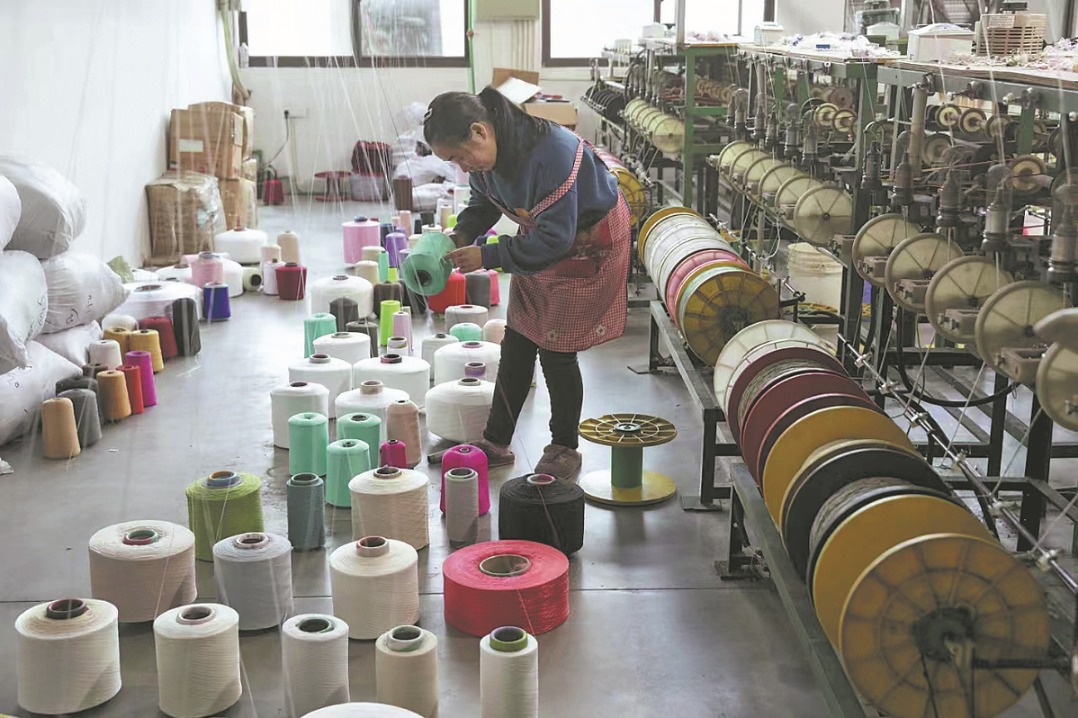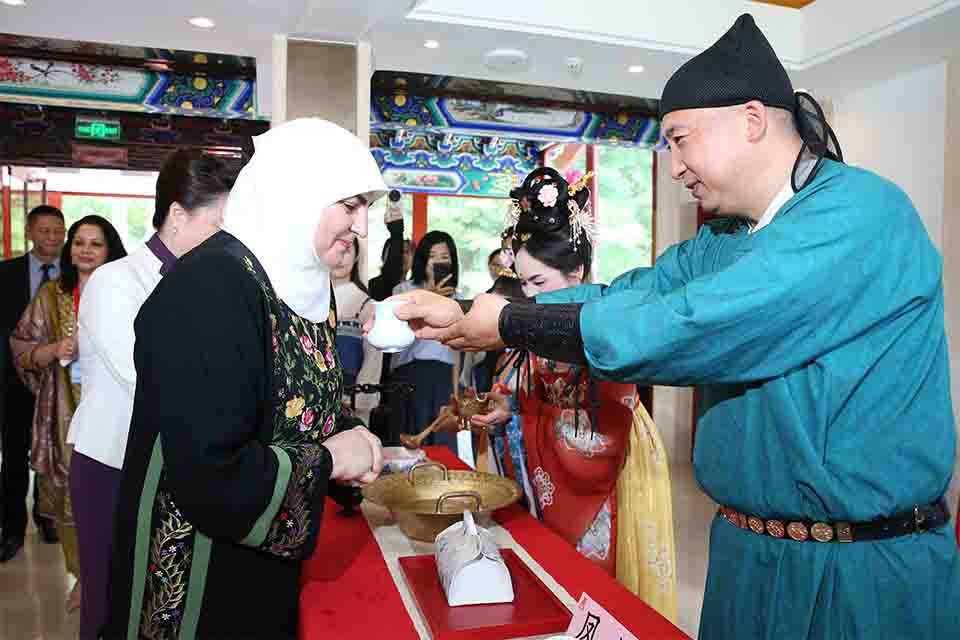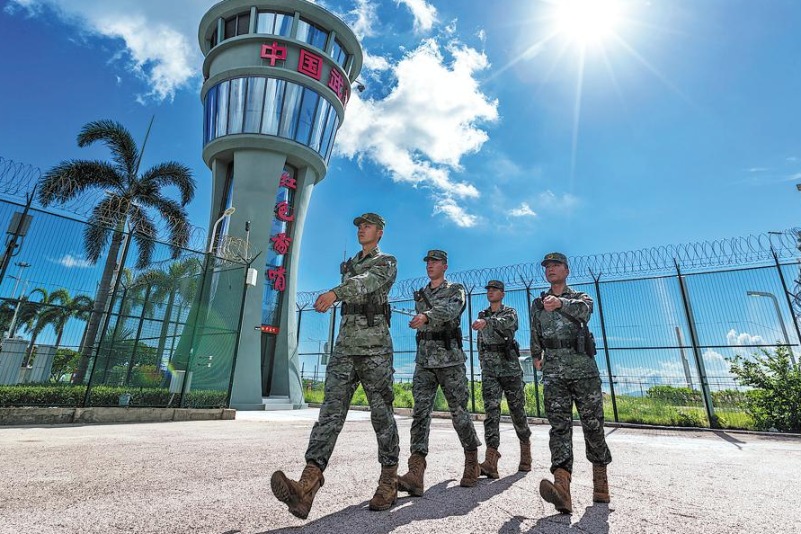Pump storage expertise reaches global parity

Despite entering the pumped storage development arena relatively late, China has become a global leader in the sector through more than half a century of dedicated efforts, experts said.
The industry is expected to continue thriving in the country and play an increasingly vital role in driving its energy transition, they emphasized.
Experts also called for mutual recognition of Chinese and international standards in the sector, so that China's extensive expertise can better support global climate goals.
Pumped storage stations work by using surplus green electricity during off-peak consumption periods to pump water to higher elevation reservoirs. The stored water is then released to generate power when demand surges. It remains the most cost-effective method of large-scale energy storage.
At a recent event on pumped storage in Chengdu, capital of Sichuan province, Zhang Zongliang, an academician with the Chinese Academy of Engineering, described pumped storage as the most mature energy storage technology with the longest life span.
He said it offers an effective solution to the intermittency, volatility and decentralization of renewable energy sources such as wind and solar power.
China built its first pumped storage power station in 1968 — almost 90 years after the world's first facility was built in Zurich, Switzerland.
However, by the end of 2020, China had risen to the top globally in both operating and under-construction capacity. The sector has grown further since the implementation of the Medium- and Long-Term Development Plan for Pumped Storage in 2021.
By the end of last year, China's total pumped storage capacity reached 58.69 gigawatts, accounting for nearly 30 percent of the global total, with capacity under construction at about 200 GW.
China has also built a comprehensive industrial system and a specialized development model encompassing standard formulation, planning and design, engineering and construction, and equipment manufacturing.
Innovations such as intelligent pumped storage planning technologies have helped make facility layout more scientific and efficient.
Tan Hua, chairman of China Gezhouba Group Corporation, offered an ambitious vision for the sector's future.
By the end of this decade, China's total operational capacity is expected to reach 120 GW — more than double the projected figure for 2025.
By 2035, a modern pumped storage industry will be fully established to meet the needs of large-scale renewable energy development, he said.
He noted significant growth potential, especially as integrated hydro, wind, solar and storage facilities continue to expand.
"This will enhance the role of pumped storage stations in the development of hydropower bases and new energy projects in desert and wasteland regions," Tan said.
He also highlighted the opportunity for small and medium-sized pumped storage stations on city outskirts and in areas rich in renewable energy.
"They stand to benefit from a new wave of major development opportunities," he said.
Zhu Guojin, chair of the board of Beijing Engineering Corporation, a company under the Power Construction Corporation of China, said China is well-positioned to help accelerate the global energy transition through its expertise in pumped storage.
He said that officials and executives from countries such as Indonesia, Kazakhstan and the Philippines have shown strong interest in working with China to advance their own pumped storage capabilities.
Citing International Energy Agency data, Zhu said technologies like pumped storage could meet 35 percent of global grid regulation demand by 2025, with demand expected to increase several dozen times its current level by 2050.
However, exporting China's technology and equipment remains a challenge, largely due to the lack of international recognition of Chinese standards.
"The issue of mutual recognition between China's pumped storage standards and those of other regions is crucial for the sector's international expansion," Zhu said.
He stressed that China does not seek to replace foreign standards with its own. "Rather, we hope to establish a system for mutual recognition of standards," he said.
houliqiang@chinadaily.com.cn
- Pump storage expertise reaches global parity
- Websites urged to help combat online infringement
- Shandong port becomes a model of innovation
- Initiative launched to restore and safeguard rivers, lakes
- Friendship hospital brings expertise to Africa
- Monitoring stations improve capability to study volcanic activity




































